Shaktiman
Admiral
★★
- Joined
- May 24, 2022
- Posts
- 2,696
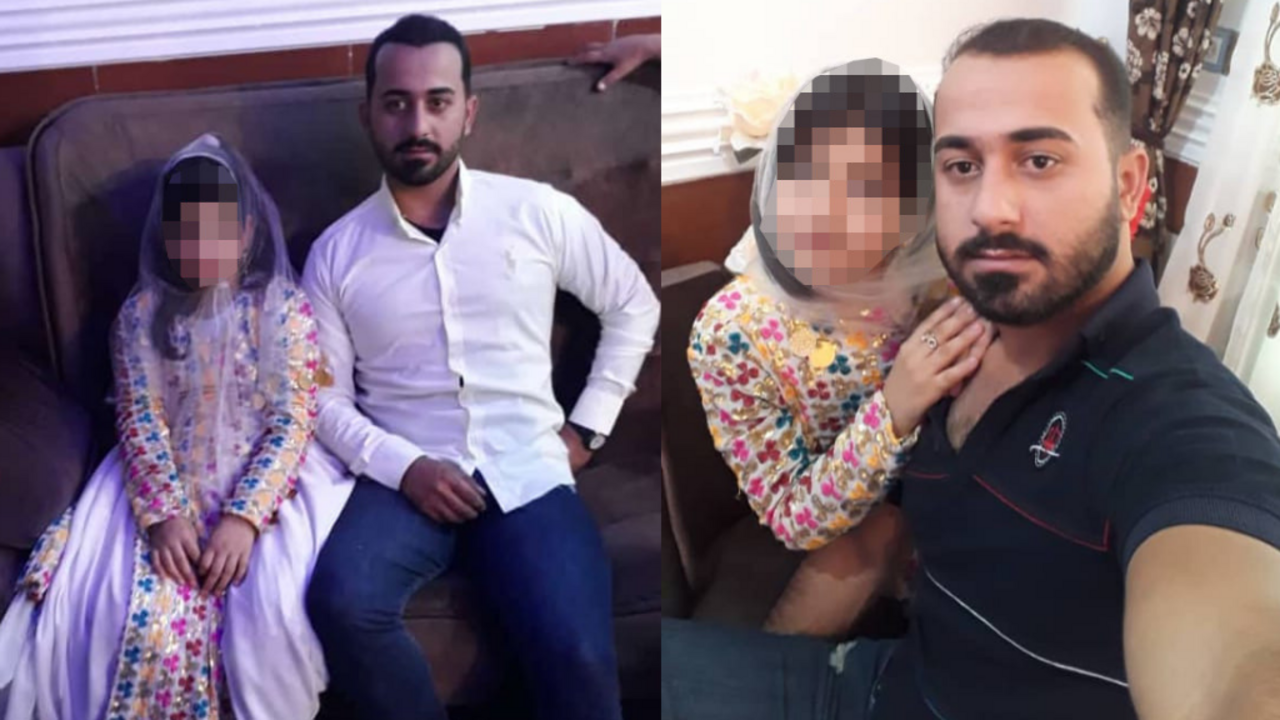
Rare video of underage marriage in Iran: the 'bride' is aged 11
The video shows a wedding that took place on August 26, 2019, in Bahmaei, an impoverished district in southeastern Iran.
Rare video of underage marriage in Iran: the 'bride' is aged 11
The video shows a wedding that took place on August 26, 2019, in Bahmaei, an impoverished district in southeastern Iran.Issued on: 06/09/2019 - 16:52Modified: 06/09/2019 - 19:22
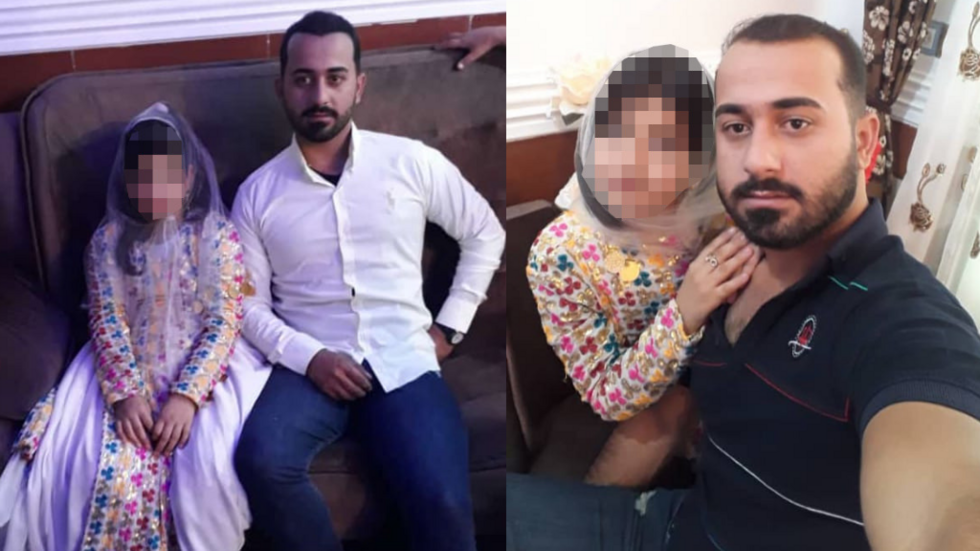
By:Alijani ErshadFollow
A video showing an 11-year-old girl marrying her 22-year-old cousin in rural Iran has drawn new attention to a practice many Iranians believe to be in decline. But our Observer says child marriage is still common in some rural areas.
The video shows a wedding that took place on August 26 in Bahmaei, an impoverished district in southeastern Kohgiluyeh and Boyer-Ahmad province. The bride and groom are seen sitting next to each other and hugging.
Their families look on as a mullah conducts the ceremony, declaring at one point that the groom will pay the traditional “mahr” for his bride’s hand, of “14 gold coins and 50 million tomans” (equivalent to a total of €9000).
The mullah asks the bride: “Fatima, do you agree to marry Milad Jashani?”, since according to Islamic sharia bride and groom must both assent loud and clear. The bride replies: “With my parents’ permission, yes.” The groom says “Yes, I do”, and they become man and wife as their families applaud.
Video filmed August 26, 2019 in Iran's Kohgiluyeh and Boyer-Ahmad province shows an 11-year-old girl marrying her cousin, who is 22.
Article 1041 of Iran’s Civil Code sets the marriage age at 13 for girls and 15 for boys – if they have their parents’ consent. But if families want to marry off a daughter who is 12 or younger – or a boy 14 or younger – they can ask a judge to declare them “intellectually mature” enough for marriage. According to official statistics, in 5.5 percent of Iranian marriages, the brides are under 15.
The footage, posted on social media on September 1 and shown on state TV, caused widespread outrage. Two days later, the public prosecutor annulled the marriage and said he was indicting the mullah and the girl’s parents for an illegal underage marriage. The families, however, told the media they will try to remarry the couple.
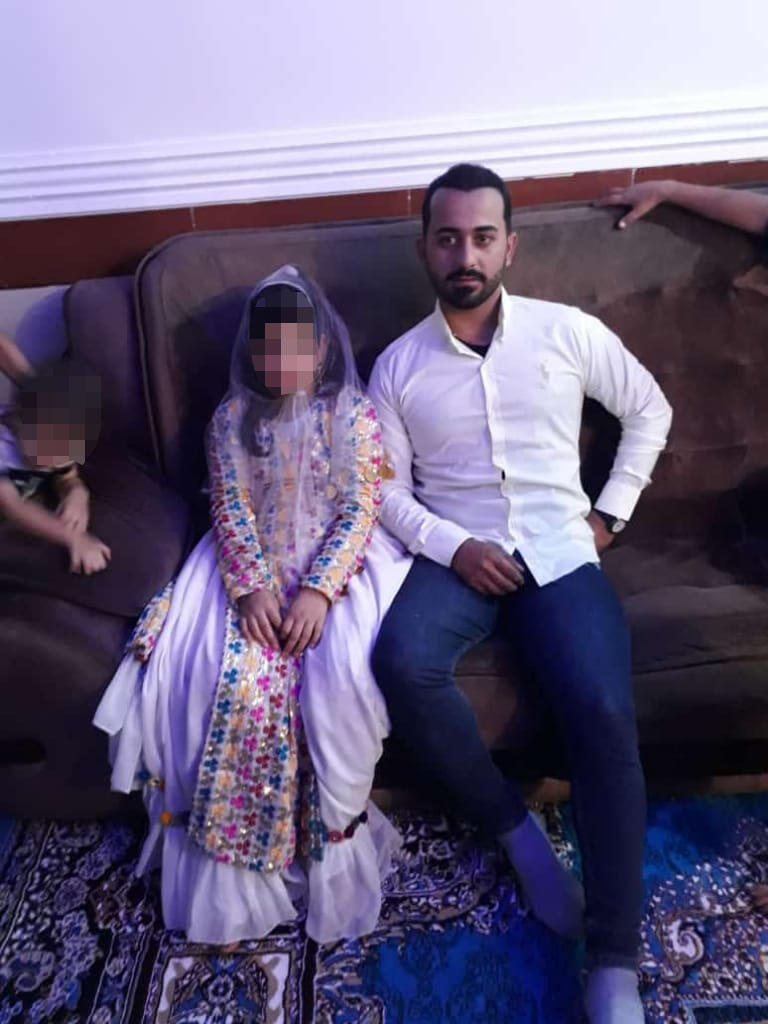
While reformist politicians and activists have been fighting for a change to Iran’s marriage laws, they have made little progress and the issue remains sensitive. Kamil Ahmadi, an Iranian-British researcher who wrote a book about underage marriage in Iran, was arrested on August 11. No reason was given for his arrest.
“Judges can rule whether a girl or boy is mature enough to marry”
Our Observer is an Iranian researcher who follows child marriage issues in Iran. She asked to remain anonymous for this article because she is concerned about the consequences of talking publicly about the issue.There have been other child marriages that have taken place in the last few months. But this time there’s a video and some photos. The images made a strong impression on people, and brought pressure on local and national officials to take action. First, the vice president of Iran for Women and Family Affairs tweeted that she was going to pursue the matter; then the local public prosecutor annulled the marriage after a ruling by a judge.
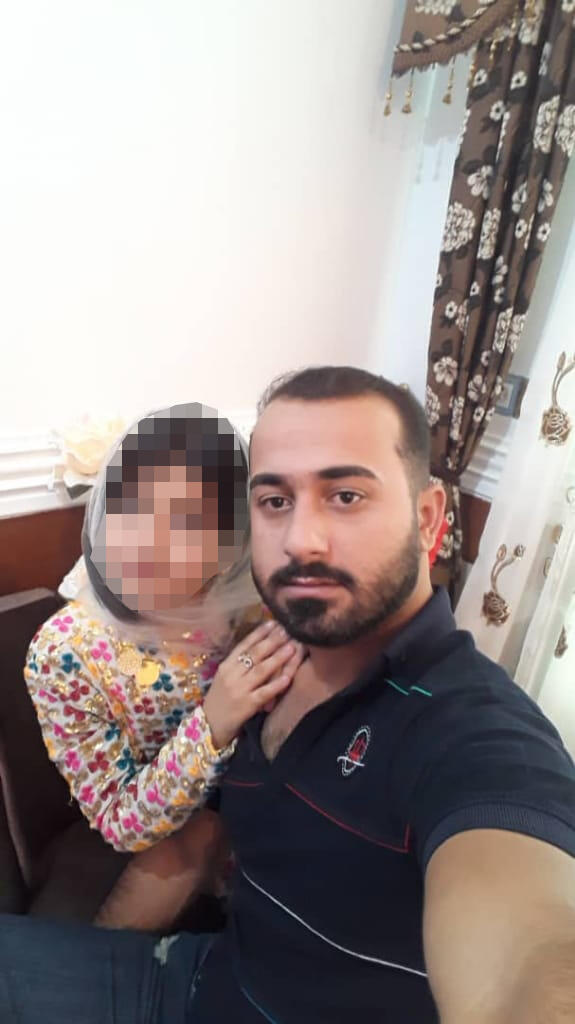
'There are more child marriages than people think'This marriage was cancelled because a local judge made a ruling that 11-year-old Fatima was not “intellectually mature” enough to manage a family. Judges can rule whether a girl or boy is mature enough to marry. It’s a big part of the problem.
To test whether a girl or boy is mature enough for marriage, judges sometimes hold up a banknote and ask them how much it is worth. Or they’ll ask who is the current president of Iran – or just ask whether they want to get married. Apparently in this case Fatima was such a child, as she was unavailable to answer these kinds of questions.
This loophole in the law means fathers are often able to force their daughters to marry at any age. They can talk to a judge and convince him, or even bribe him.
'There are no happy endings'Despite concerted efforts by moderate MPs and social activists to ban child marriage by amending the law, there has been little progress. Things have been getting worse and worse since the Iranian Revolution 40 years ago. A law passed back in 1925 had set the marriage age at 18 for boys and 15 for girls. But now any age seems possible.
Social attitudes to child marriage have been changing, though. The number of child marriages is lower than in 1979. People are more educated and more aware of the consequences; women are more and more independent.
There are more child marriages than people think. While child marriage is rare and even taboo in the big cities, in rural regions marrying around 13 or 14 is not that uncommon. It’s still part of the culture. A mother who got married at 12 will want the same for her daughter. In some villages, if a girl isn’t married at 15, people will think it’s because no one wants her as a wife.
There are around 40,000 marriages a year in which at least one of the partners is under 15 – and that’s only the marriages that are officially registered. Even worse, the number of underage marriages has actually been going up in recent years, though by a small margin.
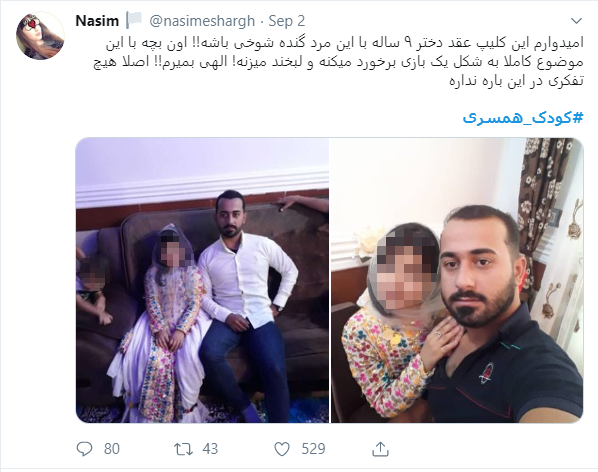
This tweet by an Iranian web user reads: "I wish this were a joke. This child is too young to know what's going on. She must think it's some kind of game. My God, she doesn't even know what's happening to her."
There’s a stereotype that the families who push their daughters to marry young are poor, but that’s not true. In my experience, tradition is more often the motivation than securing a payment. Child marriage is caused by a triangle of concerns: tradition, poverty and the fear that a girl will find a boyfriend.
In many underage marriages, the children do not live together at first – or have sex. They live separately for a few years, and begin “real” matrimony when the girl turns 14 or 15.
But not always. In February this year, an 11-year-old girl named Raha married a 44-year-old man in Ilam province. The marriage was not registered. She was the man’s second wife, and he forced her to have sexual intercourse with him for six months, until the first wife tipped off an Iranian NGO, telling them: “She screams every night while our husband rapes her.” A local judge annulled the marriage.
Child brides are often victims of domestic violence. They can suffer severe psychologic problems too. Suicide rates among women – including self-immolation – are much higher in regions with a high rate of child marriage than in other parts of Iran. Many of the child brides run away from home. They suffer numerous health problems relating to sexual relations and pregnancy and miscarriage.
Unfortunately, when courts do step in to end child marriages, there are no happy endings. Often the rest of the village will shun the girl for bringing disgrace to their families. And sometimes families will quietly re-marry their daughters to the same man once the dust has settled.
Article by Ershad Alijani (@ErshadAlijani)







